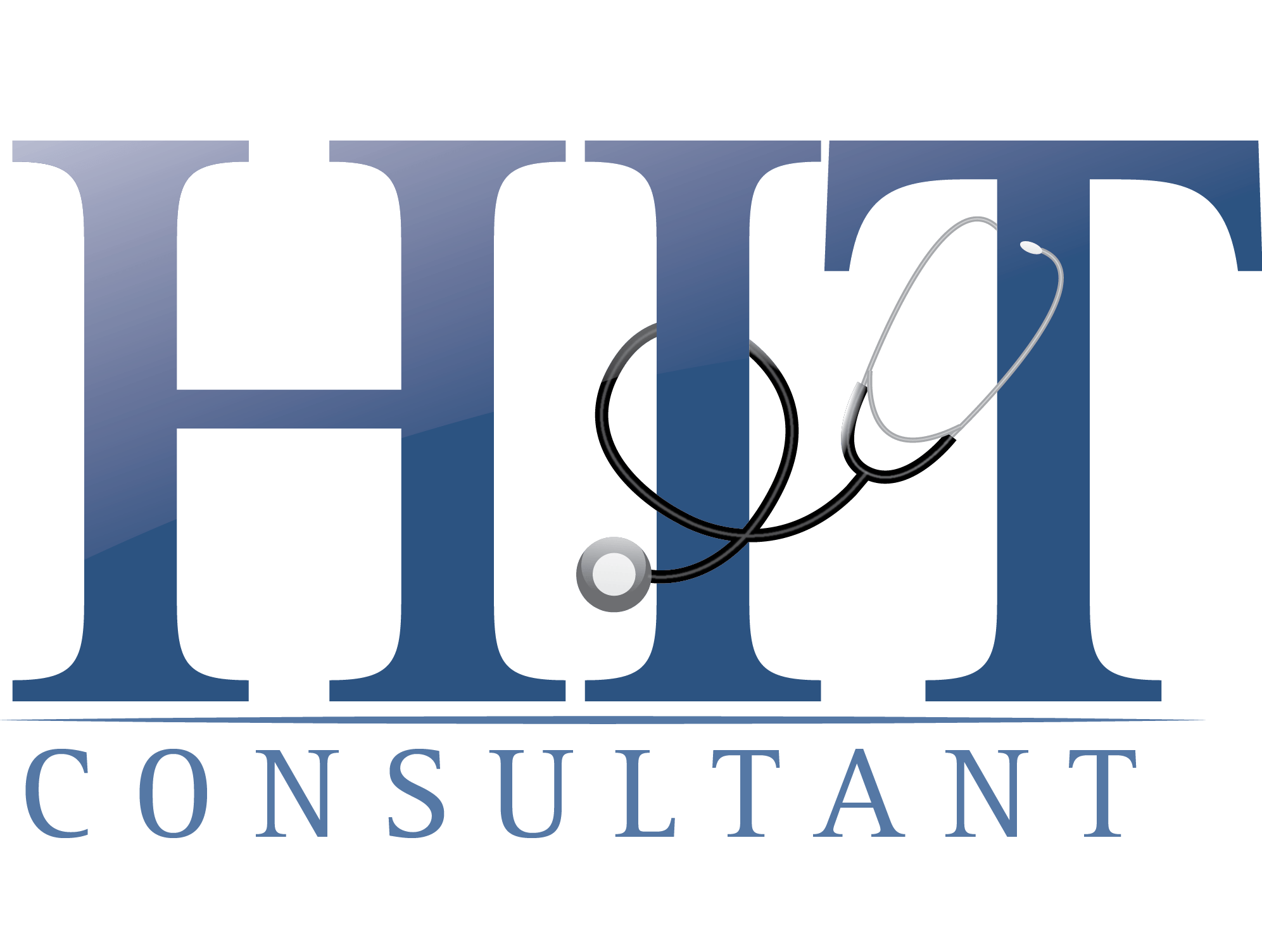
Home healthcare providers play a vital role in delivering care to patients. However, this unique setting brings a host of dangers that are often underestimated. From ergonomic injuries to transportation hazards, unsanitary environments, and the threat of violence, home healthcare workers face daily risks that demand both awareness and proactive solutions. Here are four of the most dangerous aspects of being a home health provider — and practical steps to help stop them.
Ergonomic Hazards: Musculoskeletal Injuries
Home healthcare workers frequently assist patients with daily activities. Unlike hospitals, homes are not designed for safe patient handling, which leads to a high rate of sprains, strains, and musculoskeletal injuries in healthcare providers. The most common injuries are related to lifting and moving patients in awkward spaces, often without the benefit of specialized equipment. To reduce ergonomic hazards:
● Provide Ergonomic Training: Healthcare workers should receive training on safe lifting techniques and body mechanics to minimize strain.
● Offer Assistive Devices: Encourage the use of portable transfer aids, gait belts, and slide sheets by providing an assortment to your healthcare workers.
● Understand the Tasks: Agencies should assess each home for risks and provide necessary equipment or additional staff, as needed. If a healthcare provider asks to not work with a specific patient, try to honor their request as quickly as possible to ensure that they are not injured while at work.
Transportation Risks: Driving Between Locations
Unlike facility-based staff, home healthcare providers spend a significant amount of time on the road, often under pressure to meet tight schedules. They face hazards such as heavy traffic, inclement weather, poor road conditions, and fatigue from long hours of driving. The risk of car accidents is compounded when transporting clients with mobility issues or when navigating unfamiliar neighborhoods with one-way streets, school zones, or other issues. To reduce transportation risks:
● Provide Safe Driving Training: Agencies should offer regular training on defensive driving and safe transport of patients.
● Ensure Vehicle Maintenance: Implement a maintenance program for all vehicles to ensure reliability, especially in bad weather.
● Emergency Preparedness: Equip vehicles with emergency kits, including blankets, food, water, and first aid supplies.
● Rest and Breaks: Encourage caregivers to take breaks to prevent fatigue. ● Communication Systems: Maintain open lines of communication between field staff and supervisors, especially during emergencies or adverse weather.
● Seamless Aid: Allows healthcare workers to press a duress button worn on their badge when they feel unsafe. The button also alerts to a 24/7 center when healthcare workers miss their pre-set check-in times.
Unhygienic Conditions in Patients’ Homes
Unlike hospitals, patient homes can present unpredictable and unsanitary conditions. Home healthcare workers may encounter pests, pets, poor ventilation, and more. Infection control is more challenging in these environments, too, especially when patients or family members lack training in hygiene practices.
To reduce infection risks:
● Strict Hand Hygiene: Provide alcohol-based sanitizers in case soap and water aren’t available in the patient’s home.
● Personal Protective Equipment (PPE): Provide all gloves, masks, and gowns. Teach home healthcare workers how to dispose of them properly after use.
● Surface Disinfection: Consider partnering with housekeeping services that can offer patients and their families support at a discounted rate if home healthcare workers feel that the patient cannot maintain the home appropriately.
● Education: Provide guides that include information on basic infection control measures, including handwashing and safe waste disposal, to patients and their family members. ● Assessment and Reporting: Encourage healthcare workers to report hazardous conditions without fear of retribution.
Violence: Threats from Patients, Families, and Communities
Workplace violence is a growing threat in home healthcare. Workers may face verbal abuse, threats, physical assault, or even sexual harassment from patients, their families, or individuals in the community. Unlike in hospitals, home health providers often work alone, without immediate backup or security.
How to Reduce Violence Risks:
- Violence Prevention Training: Provide de-escalation and self-defense training to prepare workers for potentially volatile situations.
- Pre-Visit Risk Assessment: Screen new patients and environments for violence risk factors before sending staff.
- Wearable Safety Technology with Check-In Protocols: Equip workers with wearable
panic buttons. Offer real-time support for home health workers, including panic buttons to signal for help. These alerts go to a 24/7 center, which allows us to alert local emergency responders or stay on the phone with the healthcare provider until
they feel safe. Healthcare workers can also pre-set regular appointment times throughout the day. If they miss a check-in, a team member will receive an alert and respond according to your company’s guidelines.
● Zero-Tolerance Policies: Agencies must enforce strict policies against violence, supporting workers who report incidents and taking swift action when threats occur. Home health providers are indispensable, yet their work exposes them to unique and serious hazards. By recognizing the dangers of ergonomic injuries, transportation risks, unsanitary environments, and violence, agencies and caregivers can take concrete steps to protect themselves and their patients.
About Jason Fass
As the Vice President of Marketing, Jason Fass leads the go-to-market strategy for Canopy’s wearable safety technology. His career includes leading product and marketing teams at both Apple and Google, where he focused on creating user-centric solutions. Previously, as CEO of Zepp Labs, Jason successfully guided the company through a period of rapid growth that culminated in a successful acquisition.

